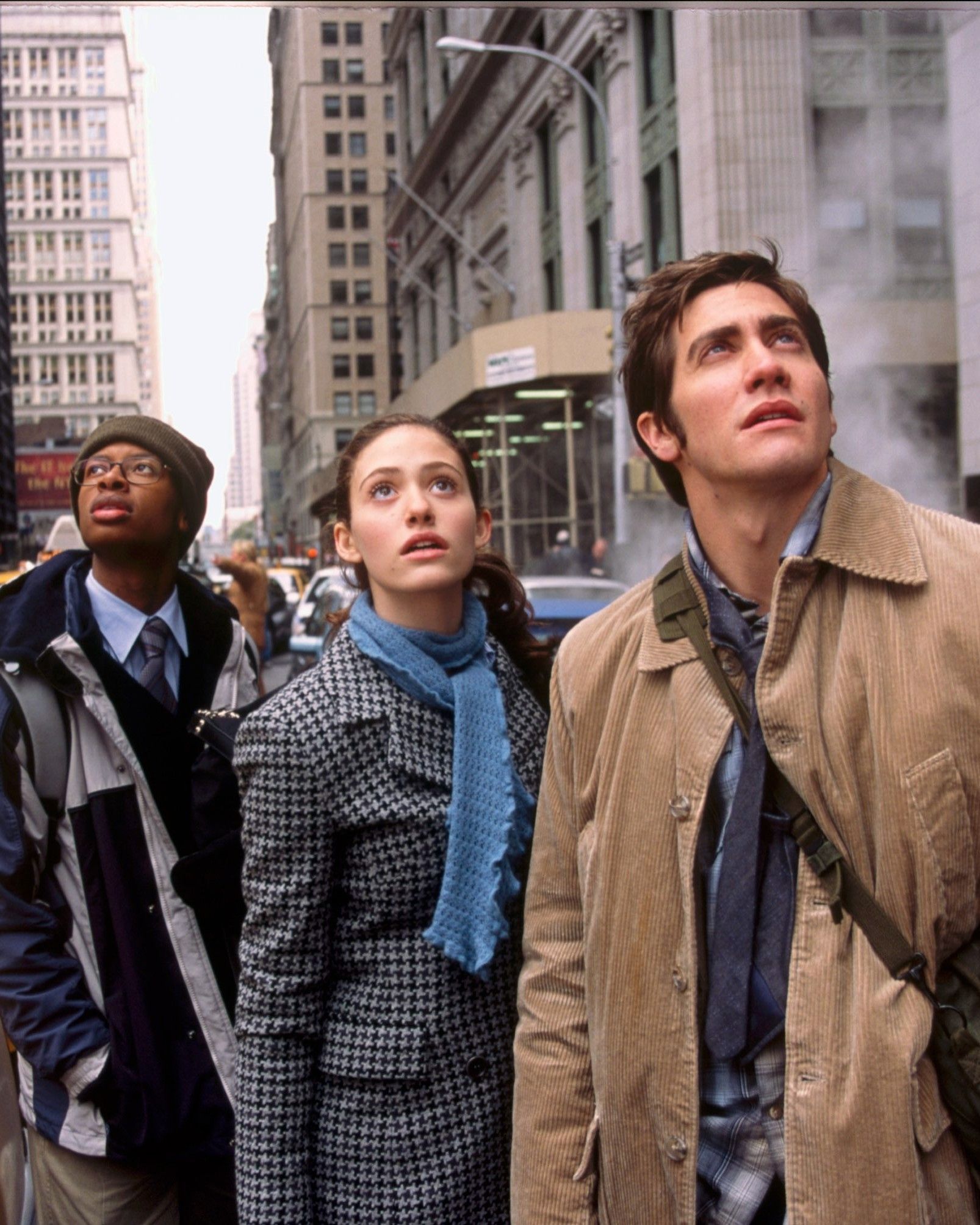
The utopia of a smaller fashion Classism, overconsumption, apocalypse
At the risk of sounding cynical, it must be admitted: no one is really making an effort to comply with the 2015 Paris Agreements. Every year there are calls and exhortations to do more, but every year those exhortations fall on deaf ears. The agreement, ratified by all EU countries and involving all major world powers, which entered into force on November 4, 2016 has as its long-term goal the maintenance of «the global average temperature to well below 2°C above pre-industrial levels and to pursue efforts to limit it to 1.5°C», as stated on the European Council website. The feeling remains, however, that nothing has really been done, and a recent report called Unfit, Unfair, Unfashionable: Resizing fashion for a fair consumption space actually shows how the more time passes the more radical, not to say brutal, the cuts that need to be made to consumption must be. Without mincing any words, WWD interprets the report's data this way: «The richest consumers in countries such as the U.K., U.S. and Japan should only buy an average of five new fashion garments per year by 2030 to keep the 1.5-degrees Celsius climate target alive». While in milder terms the report itself «considers a total of 74 garments (including shoes) in active use as the sufficiency level in a two-season country, and a total of 85 garments in a four-season country» and goes on stating that «on average, the emissions of the richest 20% were 20 times higher than the emissions of the poorest 20%. This ratio varies substantially across countries, consistent with levels of income inequality. According to this analysis, the richest 20% would have to reduce their footprint by 83% in the UK, 75% in Italy and Germany, and 50% in France, considering a few representative countries».
Overconsumption in the fashion industry is often framed as a fast fashion issue... but I am regularly appalled at the sheer volumes pushed even at the luxury end of the market.
— Karolina Laskowska (@KarolinaZL) October 2, 2021
Considering, however, how essentially all brands (both in luxury and in others that own a stock exchange listing aim, in the publications of their quarterly results, for continuous and exponential growth, it is well understood that if one were to really, incredibly, achieve the goals of the Paris Agreements, the fashion industry would have to give up its annual turnover between $1.7 and $3 trillion. Imagine: the rifts between Kering and Alessandro Michele had started because Gucci had grown "only" 9 percent in the last quarter and Pinault wanted to accelerate the brand's growth - what could happen if indeed the world's richest customers only bought a maximum of five garments a year? The thought almost makes one shudder, but there is a further point to be made about the way double standards are used in our society regarding the issue of overconsumption. In the words of Christine Ro in Forbes: «There’s plenty of classist shaming of the spending habits of less affluent people; news producers love to gawk at hordes of people queuing outside down-market retailers during sales, for instance. But clearly the richest are doing outsized damage to the environment». The issue, however, disregards social class: it would be difficult today, among the thousands of brands out there, to pin the blame on one class or the other, all of whom consume the same way, and that is too much. The study's authors therefore conclude that the entire fashion industry should regress to the production levels of 2010 - a scenario that is clearly unthinkable in the current state of affairs.
The solutions proposed by the report are always the same: buy less, repair, recycle, maintain, dispose responsibly. Yet these measures, reasonable as they are, do not seem too applicable. Meanwhile, problems loom on the horizon that not even all the recycled polyester in the world could solve. To quote a BoF article titled quite bluntly Fashion's Business Model Isn't Fit for Climate Change, «the fashion industry has largely framed its climate responses around environmental issues, such as recycled fabrics, water usage and greenhouse gas emissions. But the industry is ignoring climate impacts that are directly and dramatically affecting apparel suppliers and their workers». At this point, the article cites a Cornell University study in which the geographic and hydrographic impact of climate change is illustrated in the territories where most clothes are produced today, such as Bangladesh, Vietnam, or Cambodia. The report makes it clear that «major apparel-producing areas will be under-water by 2030». Perhaps the most worrisome areas are Dhaka, Guangzhou and Ho Chi Minh, where an immense number of factories could end up on the sea floor. And this is without considering the warming of the atmosphere, which is expected to rise to increasingly catastrophic levels.
It is clear that the fashion industry as a whole cannot really solve these problems, which also affect the welfare of the workers themselves. At this point, however, the issue has more to do with managing expectations than offering solutions: the Cornell University study speaks of a necessary "renegotiation" between «planets—investors, regulators, unions, campaigners, and suppliers—rarely found in alignment»; while the study we cited at the beginning states that «a system change approach is required». The truth in any case is that what these studies implicitly suggest, namely the scaling back of an industry that employs 1 in 6 people on the planet, is perhaps the dream of Serge Latouche and the proponents of the degrowth theory but is frankly hard to imagine both in terms of the fatality and scale of the consequences that would follow. Nonetheless, the clock is still ticking whether we like it or not and, if Cornell University's projections are correct, within eight years it will be ocean levels and rising temperatures that will put an end to overproduction - but on their own terms and mostly for a humanly high price.















































